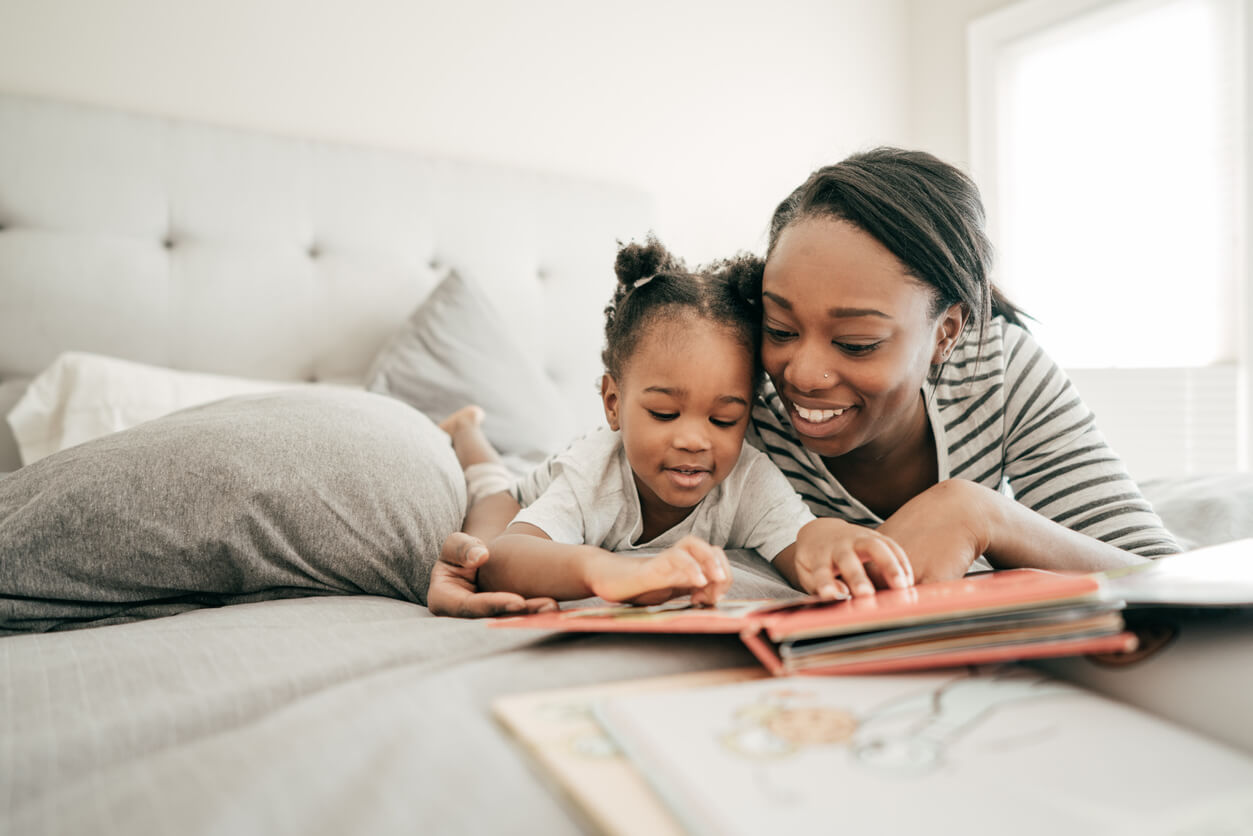Q. My baby passed his/her hearing test at birth. Should my baby’s hearing be monitored as he/she grows?
A. Yes.The newborn hearing testing that your baby had identifies the newborn who has a permanent hearing loss. Approximately three out of every 1,000 babies at birth are identified with a permanent hearing loss through the newborn hearing screening performed in every state. (If for some reason your child did not have a newborn hearing test, contact your child’s physician to make sure this is done.)
The number of children with hearing loss doubles during early childhood–from approximately three-in-1,000 at birth to six-in-1,000 by kindergarten. Providing hearing screening during the early language-learning years is critical for helping more children receive the benefits of early identification and intervention. An audiologist is the trained professional that should evaluate an infant or toddler’s hearing.
Hearing and listening are the cornerstones for learning for children. If a child can’t hear or attend to spoken information, speech and learning spoken language will likely be impacted. Because we can’t “see” hearing loss, hearing loss is referred to as an invisible disability. So how can you know if your infant or toddler is developing hearing skills?
Your child develops auditory (hearing) skills as he/she does in other developmental skill areas such as motor (movement and physical), vision, language and communication, cognition (learning, thinking, problem solving) and social emotional skills.
Here are some developmental milestones you can observe with your baby in the area of hearing and listening. Developmental milestones are things most children can do by a certain age.
2–3 months
Coos and makes gurgling sounds (See video)
Turns head toward sounds (when not seeing the person making the sound (see video)
Reacts to loud sounds with a startle reflex
Is soothed and quieted by soft sounds
4–5 months
Begins to babble (see video)
Babbles with expression and copies sounds he/she hears (see video)
Looks or turns toward a new sound
Responds to “no” and changes in tone of voice
Enjoys rattles and other toys that make sounds
Gets scared by loud voice or noise
6–7 months
Responds to sounds by making sounds (see video)
Responds to his/her own name, phone ringing, or someone’s voice, even when not loud (see video)
Strings vowels together when babbling (ah, eh, oh) and like staking turns with caregiver while making sounds (see video)
8–9 months
Makes a lot of different sounds like “mamamamama” and “bababababa” (see video)
Understands “no” (see video)
Copies sounds and gestures of others
Not every child is the same; some children reach milestones at different ages. If you have any concerns about your child’s auditory development, please talk this over with your child’s health care provider and discuss being referred to an audiologist. At the Minnesota Masonic Children’s Clinic, parents may ask for a hearing evaluation with the Pediatric Audiologist on staff.
Special thanks to the CDC for their permission to use their brief videos to clarify several of the auditory milestones.
Linda Kalweit, Au.D., CCC-A, F/AAA
Pediatric Audiologist






